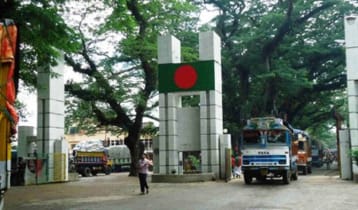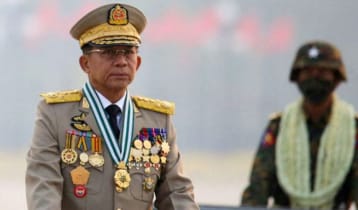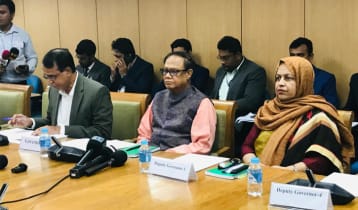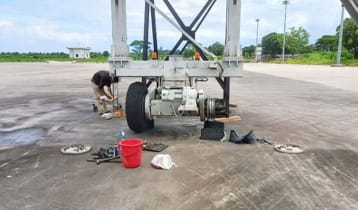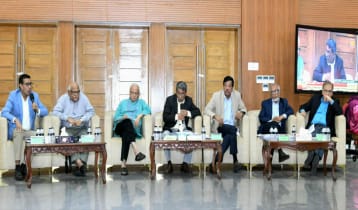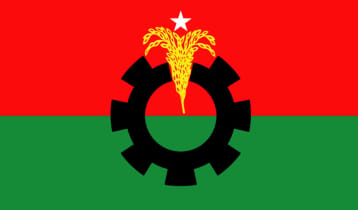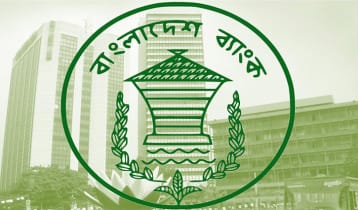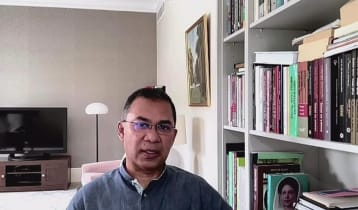Tapping labour market in Japan, S Korea
Dhaka needs mid-and long-term strategy
Imtiaz Ahmed || risingbd.com
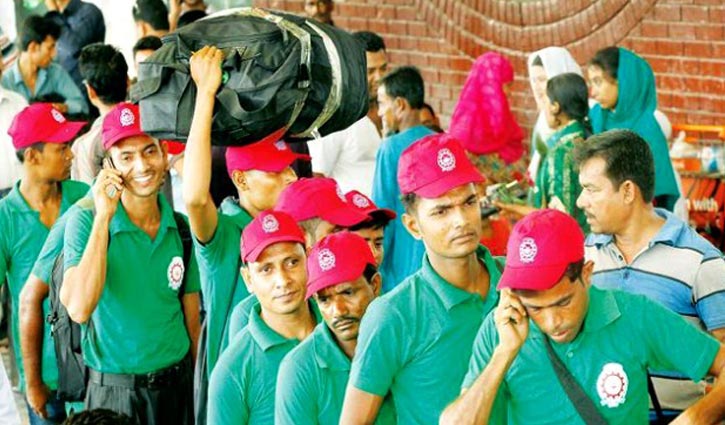
Bangladesh should prepare mid- and long-term strategy to tap labour markets in South Korea as the country is experiencing negative growth in population, according to policy-makers, economists and leaders of Bangladesh Association of International Recruiting Agencies (BAIRA).
Meanwhile, South Korea’s population is expected to decline this year for the first time since the nation began compiling data, as the number of monthly births has hit a record low, according to South Korean newspapers
A natural population decrease occurs when the deaths outnumber births.
SM Zillur Rahman, chairman of Rahman Overseas, and former Director of Dhaka Chamber of Commerce and Industry (DCCI) while talking to media said the government should prepare mid-and long-term strategy to tap lucrative the Japanese labour market.
Zillur Rahman said that intending Bangladeshi workers should be groomed in Japanese culture and language.
Countries like Myanmar, the Philippines, Thailand, and Vietnam, Cambodia, Indonesia, Laos and Malaysia properly groom their citizens with Korean language and culture before sending them to South Korea, said Zillur Rahman, also president of Bangladesh chapter of the World Association for Small and Medium Enterprises (WASME), a global organization with headquarters in Noida, India.
This year Bangladesh has a quota of some 10,000 workers, the country sent a total of 4,540 workers to South Korea during January-November period of the current calendar year, according to Bureau of Manpower, employment and Training (BMET).
He said that government in cooperation with Japan and BAIRA should set up a higher-training institute to groom manpower required in Japan.
Against of backdrop of declining population in South Korea, Dhaka should prepare mid- and long- term strategy to boost exports of skilled workers to the East Asian country, former Bangladesh Ambassador to South Korea Abida Islam said.
Bangladesh exported a total of 208 workers in 2020 to South Korea, 1647 workers in 2019, 2287 workers in 2018, 1829 workers in 2017, 1980 workers in 2016 and 2359 workers in 2015, according to Bureau of Manpower, Employment and Training (BMET).
Currently, approximately 10,000 Bangladeshi workers are now working in South Korea. The number was about 20,000 few years back, sources said.
Bangladeshi workers should properly learn Korean language and remain dedicated to Korean employers to regain labour market in South Korea, said Abida Islam.
Only skilled workers having proficiency in spoken Korean language get jobs in South Korea, said Abida Islam.
With required training, language proficiency and loyalty to employers, Nepalese workers are becoming popular to South Korean entrepreneurs, opined Abida.
With required training, language proficiency and loyalty to employers, Nepalese workers are becoming popular to South Korean entrepreneurs, opined Abida. The number of Nepal workers and expatriates has reached some 60,000, according to newspapers.
Meanwhile, South Korea has requested for about 16,000 Nepali workers. Korea has asked for 15,848 Nepali workers for the manufacturing sector.
Based on Korea's demand, the EPS Korea branch under the Department of Foreign Employment issued a notice on Tuesday, opening the application process. According to the notice, online registration will be available from December 18 to December 22.
The eligibility criteria include being between 18 and 39 years old, with no criminal convictions. Individuals who applied for the EPS language exam in 2023 are ineligible to apply this year.
The language exam is scheduled for February 5, 2024, with an examination fee of 28 USD. Candidates who pass the language test will be listed in the roster for the job selection process.
Meanwhile, the number of foreign employees in South Korea reached an all-time high this year, with the Vietnamese leading the pack, amid rising minimum wages and chronic labor shortages in Asia's No. 4 economy.
Almost 90% of foreign workers expressed their wishes to remain on after their visas expired, the statistics office said, as the Korean government is loosening immigration controls on foreign nationals, even unskilled workers, to cope with the falling birth rate in the country, which also has the world's lowest.
As of May this year, a total of 923,000 foreigners were employed in South Korea, marking the largest-ever number of foreign hires in the country since the relevant data were compiled in 2012, Statistics Korea said on Monday.
That represented their employment rate of 64.5%. It was a decrease of 0.3 percentage point, but attributable to a rise in foreign students, according to a 2023 foreign immigrants’ residence status and employment survey conducted by the government agency.
The number of foreign residents in South Korea over the age of 15 reached 1.43 million as of May this year, a 9.9% gain from the year prior. It marked the largest-ever on-year growth in their number since the relevant survey began in 2012.
Some 32,000 Vietnamese got their first jobs in South Korea this year, the largest group by nationality. They were followed by 5,000 Chinese, excluding Korean descendants, who were added to the payroll for the first time in the country.
Vietnamese also made up the lion’s share of 51,000 foreign residents aged 15 or older who acquired Korean nationality within the past five years.
By nationality before naturalization, Vietnamese accounted for 42% with 21,000, followed by Korean-Chinese at 34% during the period.
Thanks to minimum wage growth, foreigners earning more than 3 million won ($2,310) per month reached 24.4% of foreign workers in the country.
That was an increase of 9.2 percentage points, compared to two years ago and also marked the largest-ever increase in the number of foreign nationals added to the income bracket.
As of 2023, South Korea set the minimum monthly salary at 2 million won, breaking above the 2-million-won milestone for the first time in its history.
Meanwhile, the number of foreign nationals residing in Korea hit a record high of 1.43 million in May, data showed, Monday, amid a continuous decline in the total population of the country that is increasingly reliant on immigrants to remain above the 50 million mark.
The data released by Statistics Korea also showed a record-high 923,000 foreign nationals are employed here with more than half of them aged 30 or younger.
The trend is in line with the stats agency’s forecast that one out of three people in the working-age population, or between 15 and 64, will be foreign nationals by 2072 if the demographic crisis remains unsolved in Asia’s fourth-largest economy.
Measured in May 2023, the total number of foreign nationals marked a 9.9 percent increase from a year earlier and was the highest since 2012 when the government started compiling relevant data.
“The year-on-year increase this year was attributable to the end of the pandemic that led to an influx of unskilled laborers from abroad as well as international students,” a senior Statistics Korea official said during a press briefing.
The official noted that the number of foreign residents jumped from 1.23 million in 2017 to 1.32 million in 2019, but remained flat during the pandemic era during the next three years – 1.33 million in 2020 and 2021 and 1.3 million in 2022.
Of the total foreign population, 813,000 or 56.8 percent were men and the remaining 617,000 or 43.2 percent were women.
By country of origin, ethnic Koreans from China took up the largest share of the entire foreign population at 472,000 followed by Vietnamese at 201,000 and Chinese at 135,000.
In terms of year-on-year growth, however, the number of Vietnamese residents increased at the fast rate or by 32,000, outpacing Chinese whose numbers grew by 5,000. The number of ethnic Koreans, on the other hand, shrank by 7,000.
Also, 923,000 foreigners who landed jobs in Korea this year marked a year-on-year increase of 80,000 or 9.5 percent.
By age, those who are in their 30s accounted for 33.3 percent of the entire foreign workforce, followed by those aged between 15 to 29 at 23.2 percent. Those in their 40s took up 18.5 percent and those in their 50s accounted for 15.7 percent.
The mining and manufacturing sectors combined were the biggest employers of foreign workers here. Some 44.6 percent of them had jobs in those industries, compared to 18.4 percent in wholesale and retail sales, accommodation and restaurant businesses combined, and another 15.5 percent in public services and small businesses.
Some 94.5 percent or 873,000 of the foreign employees were salaried workers, with more than half of them receiving monthly wages of 2 million won to 3 million won.
The number of foreign students jumped 14.1 percent year-on-year to 188,000. Students from Vietnam accounted for 38.3 percent, followed by China at 27.7 percent and Uzbekistan at 6.4 percent.
The writer is a senior journalist
Dhaka/Mukul




